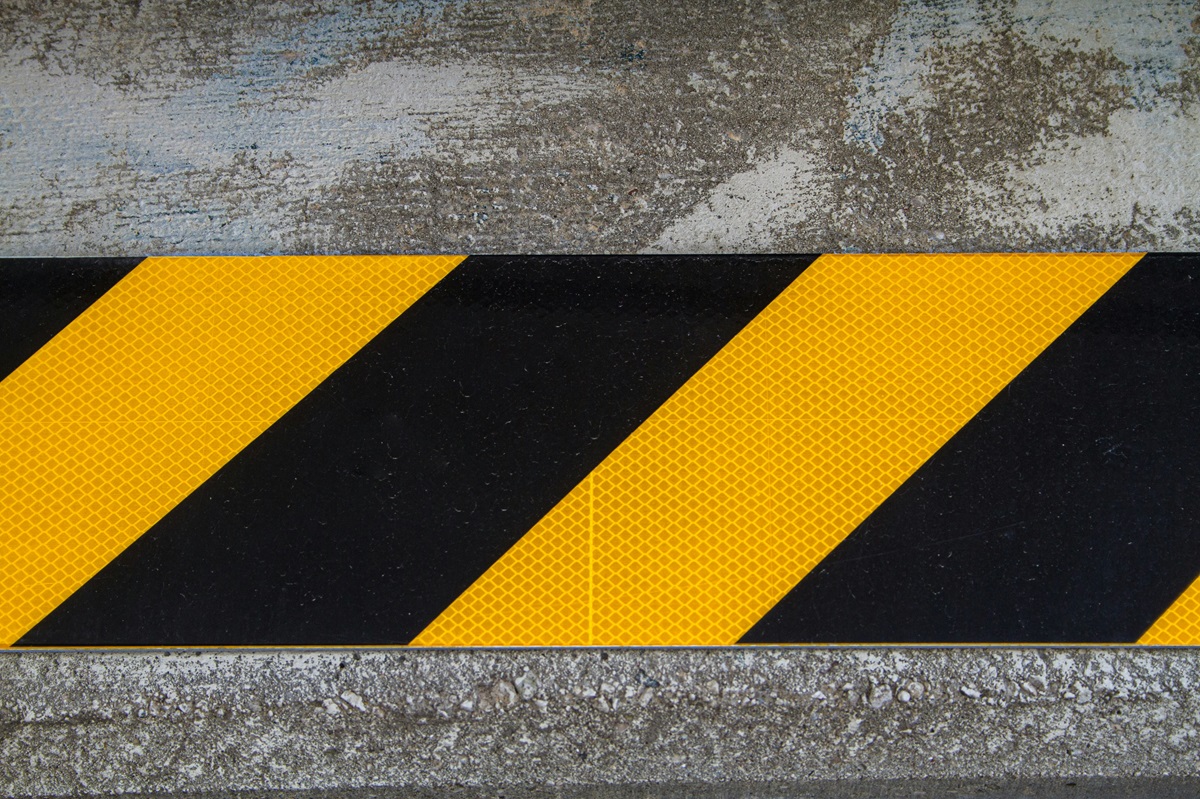
Off-the-shelf asset-allocation guidance doesn’t vary significantly for people who are still accumulating assets for retirement. Sure, there are human capital considerations: A worker with a more-volatile earnings trajectory, such as a commissioned salesperson, ought to have more safe assets than a tenured college professor. Similarly, the worker with a pension should be investing more aggressively than the investor who will rely exclusively on her own savings, plus Social Security, in retirement.
Beyond variations like those, however, glide paths for accumulators should look pretty similar: stock-heavy at the outset and well into middle age, transitioning to more bonds and cash as retirement approaches.
Closing in on retirement, however, one-size-fits-all recommendations won't cut it. Some retirees should have 50% (or even less) of their portfolios in stocks, while others should hold portfolios that are much more aggressive.
Why such large variations? The key one is that different retirees will make different cash flow demands on their portfolios. A retiree who’s lucky enough to have a pension that supplies most of her living expenses can reasonably park a hefty share of her portfolio in stocks, holding just enough in liquid assets to cover unanticipated expenses or periodic splurges. A retiree with a shorter time horizon who is forecasting spending his portfolio during his lifetime, meanwhile, should maintain more in liquid assets and less-volatile asset classes like bonds; by venturing too far out on the risk spectrum with his total portfolio, he runs the risk of needing to pull his money out at a time when stocks or other riskier asset classes are in a trough.
Guided by this concept, retirees can use their anticipated cash flow needs to develop a customized asset-allocation framework. Money they expect to need within the next few years should go into the only asset class with a guarantee of safety over such a short time horizon: cash. Assets for the middle years of retirement can go into high-quality bonds, from short to intermediate term. Finally, assets that won’t be tapped for another decade can go into stocks, which are unreliable over time horizons of fewer than 10 years but typically land in positive territory if you’re able to hang on to them for at least a decade. This approach is the one I use to frame the Bucket system for retirement portfolios.
Here are the steps to take to customize your own asset-allocation framework for retirement. (Note that this exercise will be less useful if retirement is many years in the future.)
- Determine in-retirement portfolio-spending needs.
- Test the sustainability of your planned spending.
- Determine how much to park in cash (Bucket 1).
- Determine emergency fund needs.
- Determine how much to invest in high-quality bonds (Bucket 2).
- Determine how much to invest in stocks and other high-growth/high-risk assets (Bucket 3).
- Take personal considerations into account.
- Decide sequence of withdrawals and determine positioning accordingly.
Step 1: Determine in-retirement portfolio-spending needs.
If retirement is close at hand, take some time to assess what your in-retirement expenses will look like. While you may have heard about the 80% income-replacement rate as a rule of thumb—that is, when you’re retired, you can expect to spend about 80% of the income you had while you were working—that may be too high for some retirees and too low for others. A major swing factor is preretirement savings rate: Retirees who were heavy savers during their working years may be able to get by on 75% or even less than their working income, simply because they were steering such a large share of their portfolios to savings. Retirees who are pre-Medicare but out of the workforce may have hefty healthcare expenses to contend with in their early retirement years, while those who are planning to downsize or relocate to a lower-cost part of the country may see their in-retirement expenses drop significantly. That variability makes it important to come up with a customized estimate of your in-retirement cash flow needs; retirees who are expecting major variations in annual spending owing to lifestyle changes may want to create a spreadsheet depicting year-to-year variations.
Armed with that estimate, the next job is to determine how much of those expenses will be covered by certain sources of income such as savings or a pension. Subtract those income sources from your annual spending needs; the amount that’s left over is the amount your portfolio will need to supply.
For example, let’s say Paul and Amy, both 64, are expecting to retire in 2023. They anticipate needing $80,000 in total annual income, $48,000 of which will be supplied by Social Security. Their portfolio will need to supply the additional $32,000 in cash flow.
Step 2: Test the sustainability of your planned spending.
The next step in the process is to test the sustainability of that desired spending rate. To do so, divide the annual dollar spending amount by the total portfolio. If Paul and Amy have a $1 million portfolio, their $32,000 anticipated spending rate looks reasonable, in that it is comfortably lower than the oft-cited 4% guideline. Much of the research around sustainable withdrawal rates points to the virtue of withdrawing less in down markets, while potentially withdrawing a bit more in better times.
Step 3: Determine how much to park in cash (Bucket 1).
Assuming the planned withdrawal rate is sustainable, a retiree can then begin staging the portfolio by anticipated spending horizon. Money for the next few years goes into cash; not only have yields on cash instruments come up recently but cash won’t budge in value, either, meaning the retiree won’t be forced to change her plans because she’s had a loss of capital. (Of course, inflation can take a bite out of the purchasing power of cash, which is why it’s important to not overdo that allocation.) In the Bucket framework that I’ve discussed on Morningstar, I’ve earmarked two years’ worth of spending needs for cash.
To go back to the Paul and Amy example, they would need a minimum of $16,000 in cash (six months’ worth of their $32,000 annual spending needs) or up to $64,000 (two years’ worth) in cash.
Step 4: Determine emergency fund needs.
Unplanned expenditures like a new roof, auto repairs, or big vet bills can crop up in retirement just as they do when you’re working. Retirees can address these unplanned expenditures in one of a few ways. First, they can include a substantial cushion when forecasting their in-retirement expenses; that will allow them to cover unbudgeted expenses out of their planned portfolio withdrawals. Alternatively, they can maintain a separate emergency fund to cover unplanned expenditures—or periodic splurges—as circumstances warrant. If they go this route, they’d want to add the emergency fund to their cash total.
Say, for example, that Paul and Amy decide they want to hold $25,000 in cash for emergency expenses; if they are also holding $64,000 in cash for regular expenditures, their total cash amount would be $89,000 (8.9% of their $1 million portfolio).
Step 5: Determine how much to invest in high-quality bonds (Bucket 2).
There’s an opportunity cost to holding too much in cash, so money you expect to need in years three to 10 of retirement needs to step out on the risk spectrum to help improve the portfolio’s return potential and preserve purchasing power. (Normal inflation isn’t usually a big deal over a two-year time horizon, but it can be corrosive over a 10-year horizon.) Over long time periods, high-quality bonds have had better returns than cash, and they’re also been pretty reliable, assuming an investor has a time horizon of at least three years. Using that basic logic, in my Bucket Model Portfolios I’ve earmarked assets for spending in years three through 10 of retirement in bonds (Bucket 2).
I’ve stair-stepped Bucket 2 by risk level, including short-term bonds, Treasury Inflation-Protected Securities, high-quality intermediate-term bonds, and even a dash of equity exposure. Short-term bonds would serve as next-line reserves for portfolio withdrawals in case cash were depleted and other parts of the portfolio remained depressed.
For Amy and Paul, such a setup might translate into $64,000 (two years’ worth of living expenses) in short-term bonds, another two years’ worth in Treasury Inflation-Protected Securities, three years’ worth in intermediate-term bonds, and one year worth in a conservative-allocation fund. In total, roughly one fourth ($256,000) of their $1 million portfolio would go into Bucket 2.
Step 6: Determine how much to invest in stocks and other high-growth/high-risk assets (Bucket 3).
The remainder of the portfolio—for which the retiree has a time horizon of more than 10 years—can go into higher-growth/higher-risk assets (Bucket 3). That’s primarily stocks but may also encompass higher-risk asset classes like junk bonds, real estate securities, emerging-markets bonds, and precious-metals equities (all in small doses).
For Paul and Amy, the majority of their portfolio will go into these higher-risk/higher-returning asset classes.
In terms of the complexion of the equity portfolio, I’ve generally avoided big style and size bets in my model portfolios; while academic data support that certain “factors” have outperformed over long periods of time, there’s no guarantee that will be the case during the 20- to 30-year time horizon of many retirees. If anything, I’ve steered the equity components of the portfolios to quality and dividends in an effort to reduce the volatility of the portfolio’s stock piece.
Step 7: Take personal considerations into account.
The previous steps have all used spending needs, combined with the probability of earning a positive return over a given time period, as the key determinants of a portfolio’s asset allocation.
That’s just a starting point, however; retirees will also want to take personal circumstances into account. Truly conservative retirees—those who have a history of being spooked during periods of market volatility or worry incessantly about having a shortfall—can weave that conservatism throughout their portfolio plans. They can hold more in cash and bonds than their forecast spending needs would dictate, while recognizing that a lower-returning, less-volatile portfolio will necessitate a lower spending rate throughout their retirement years.
Meanwhile, retirees with longevity on their side will want to take a more-conservative tack on the spending front (that is, assume a lower spending rate throughout retirement to account for the possibility of a very long time horizon) while possibly assuming a more aggressive asset-allocation stance—shrinking Bucket 2, for example. The same general tack would also make sense for retirees who are prioritizing leaving an inheritance for children or grandchildren.
Step 8: Decide sequence of withdrawals and determine positioning accordingly.
The preceding steps all relate to setting an asset allocation for your total retirement portfolio. But the reality of positioning your actual portfolio is apt to be messier, complicated by the fact that you’re likely holding your assets in various tax silos from RRSPs to TFSAs, each with their own withdrawal rules and tax implications. The next step, therefore, is to take these tax rules into consideration in your asset allocations of liquid assets like cash that might be needed in the near term, versus less-liquid assets like stocks.




















